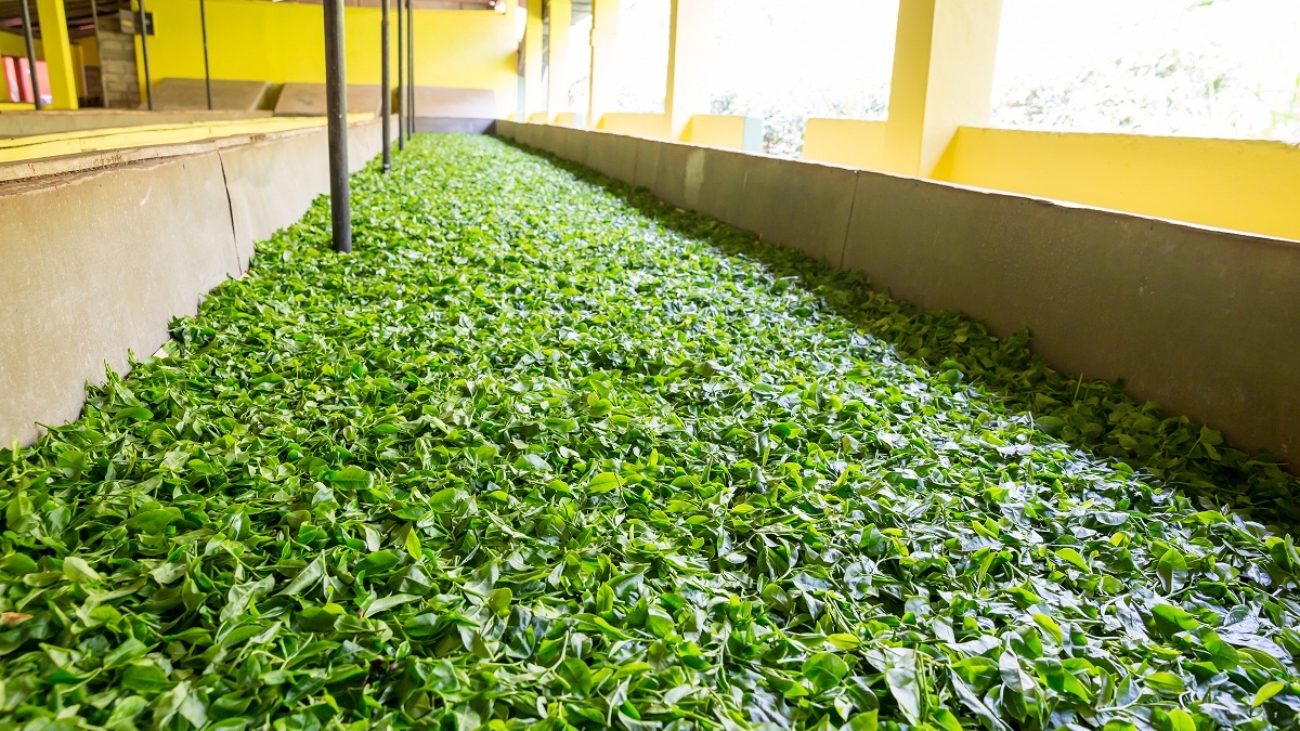“A cup of tea is an excuse to share great thoughts with great minds.” Talking about Tea Ceylon Tea is the best tea in the world. Tea is the second-highest exportation product in the country. Thus Sri Lanka (Ceylon) occupies as the fourth largest country in tea plantation. You know that “Ceylon” is the name of the island before 1972. At that time, Ceylon Tea became the best tea in the world. Because it is renowned that Sri Lankan tea has the best quality in all aspects.
This Ceylon tea production was first started in 1867 by James Taylor. The Ceylon Tea Associates came into the brand of tea in 1894, which is renowned for Sri Lankan tea. However, now it is named the “Tea Association of Sri Lanka.”
Ceylon Tea Plantation
The tea production started as a non-commercial crop. But with the arrival of James Taylor, who was an English, he began to cultivate tea as an exporting product. As a result, the Ceylon Tea plantation initiates its first step in Lulkandura estate 1867. Thus, it started like that.
Now it expanded up to 400,000 acres of cultivation. Most of the areas of plantations are around from central highlands of the country. The humidity, high rainfall, and hot temperature suit the Ceylon Tea plantation well. Not only in mid-country but also Southern districts like Galle and Matara, you can see tea plantations. Hence, the conditions need for crops to grow are well suited in those areas.
Traditional manufacture reveals the best tea in the world: How?
Usually, in Sri Lanka, it posses a traditional manufacturing system. However, it prevails that the real quality of the tea to exist in that way of manufacturing. On the other hand, the fast way of producing tea packets by machines may lose the taste of the drink. So that’s why Sri Lankan Tea is the finest tea in the world. For instance, ‘Dilmah’ being the best brand now in Sri Lanka; it also remains with more traditional manufacturing techniques.
Typically, the production of tea includes two sectors, mainly as plantation and manufacturing. Here the hardest part of the output is to cultivate. Though it is not a part of the manufacture, proper maintenance of cultivation and pruning needs to be done. After having a good harvest generally in Sri Lanka, the labors are the ones who are plucking it. This hand plucking in the plantation is a less efficient way of harvesting in Ceylon Tea production. However, it also an impact on the quality of it.
Manufacture of Ceylon Tea
In the manufacturing process, there are six steps to follow. They are:
- Withering and Rolling
- Oxidizing and Drying
- Sifting and Packing
Withering and Rolling
Typically, tea leaves are fresh, and thus it is not that easy to roll. For instance, tea (Ceylon Tea) is more than good enough to harvest from the plantation. Withering is essential as it will lose the moisture by half of the percentage, which requires rolling. It needs to keep about 15 hours spread in a tray to soften.
In rolling, the natural juices of the leaves are twists and breaks to the surface of the leave. Here, this will help with the assistance of oxidation (fermentation). Typically, a hand or a machine is using for this process.
Oxidizing and drying
Generally, this process is simply the browning of tea leaves with oxidizing. By exposing the tea leaves in the air for about five hours, it will get oxidized. It is a chemical reaction with oxygen. But some are mistaken this process as fermentation. By the color and aroma, you can detect how much oxidation takes place.
Here, when drying teas, the moisture of the tea leaves will eliminate. By driers of initial temperature around 50 degrees Celsius the drying process takes place. So after that, no more oxidation and the moisture reduce to almost 2% of the teas. Hence, this is the “firing process” because of terminating the wetness of tea leaves.
Sifting and Packing
It this is sorting of teas according to their sizes. It can be done using equipment or manually. Similarly, using mesh sizes, it separates teas.
The final process or the object of the plantation of tea (Ceylon Tea) is packing and delivering. After doing all the process, different quantities of tea need to pack. For packing, either plywood tea chests or tea packs will use.


Leave A Comment